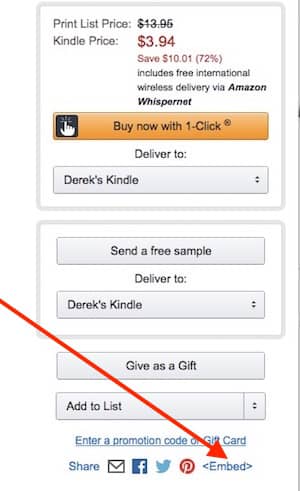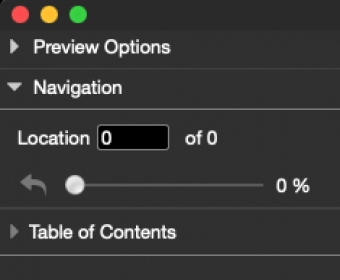

Do not create images larger than what you are using for your final product.You can also consider bolding other fonts to manually create blockier text. Without that middle line, you are looking at a c.) I switched over to Franklin Gothic Demi. (The middle part of an e has this feature, for example. I originally used Cambria in many of my game theory payoff tables, but Cambria has a lot of numbers and letters with very thin lines. By extension, if your image contains words, be careful which font you use.You can’t control which lines disappear, but that will not matter much if no single line is crucial to the image as a whole. In other words, make your images as blunt as possible.

If parts of your image contain lines that are only one or two pixels thick, those lines may magically disappear in the final version. To compress file sizes, KDP evidently eliminates random lines of pixels from your images. However pretty your image looks on your computer screen, it is not going to look nearly as pretty once you have uploaded it. Images were very clearly an afterthought. mobi file extension) were created to display text. Accept it now, and understand you will likely have to do some experimentation to fix these problems later. You will become unbelievably frustrated at some point. Your document size will suddenly explode. You will think you are doing everything right, then the Kindle uploader will find a way to completely screw you over.

Here are the most important time/money saving tips: I am writing this post to impart my knowledge on you. Personally, I have completely redone the images in my textbook Game Theory 101: The Complete Textbook at least three times now, most recently because the way Kindle compresses images changed without any notice. The official KDP FAQs are laughably underdeveloped here, basically telling you that the four most common image types are supported (gee, thanks!) and not much else. Formatting images for Kindle is a huge drag.


 0 kommentar(er)
0 kommentar(er)
